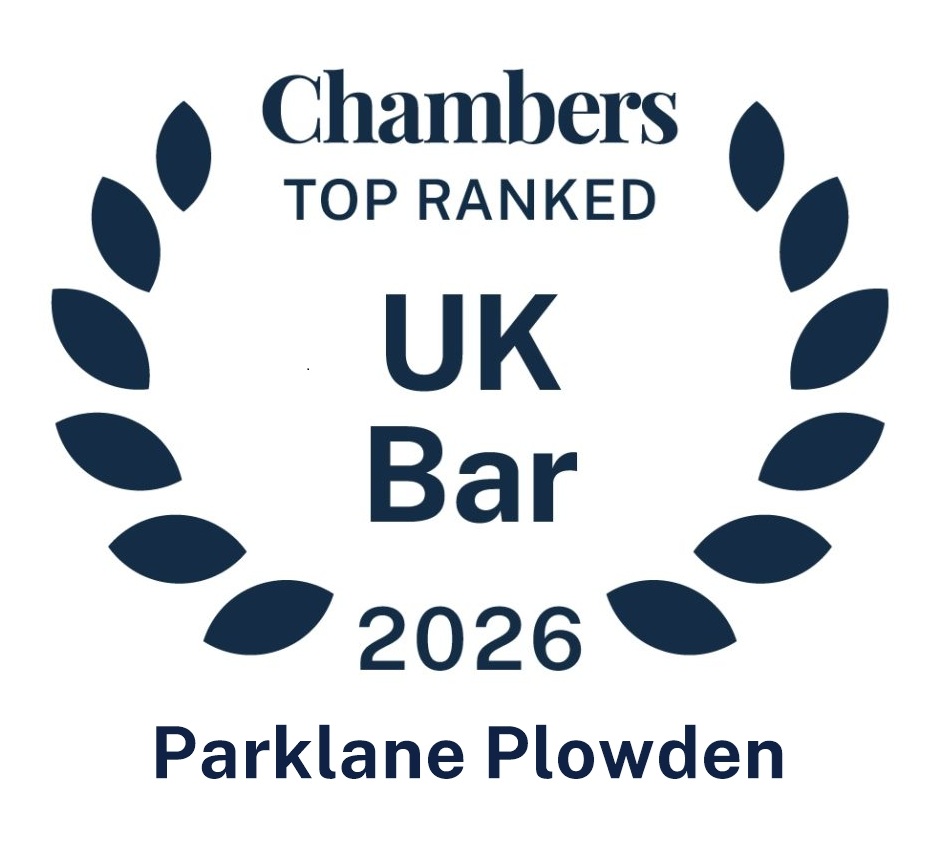Witness Statements: Pitfalls, Practice Direction and Self-Preservation

Employment practitioners will be forgiven if the High Court case of Quilter Private Client Advisors Limited v Emma Falconer (1) Continuum (Financial Services) LLP (2) [2020] EWHC 3294 (QB) has passed them by. It is, however, a salutary lesson in what can go wrong. Mr Justice Calver, in paragraph 101 of his judgment, described one witness statement as “everything which a witness statement should not be”. Describing the statement as “excessively and oppressively long”, he reminds us that statements:
- Should be in the witness’s own words wherever practicable;
- Should not regurgitate the pleaded case;
- Should not repeat what a witness’s ‘understanding’ is from, essentially, what they have been told by their solicitors;
- Should avoid being a “lawyer drafted submission”.
Witness statements should be concise, limited to the factual evidence that the witness can give, and should avoid simply repeating allegations or making submissions. It can of course be difficult to draft a comprehensive statement, in somebody else’s words, without straying beyond the boundaries. Some guidance can be taken from Practice Direction 57AC, and the accompanying Statement of Best Practice, that introduced new rules regarding witness statements as of 6 April 2021. Whilst these rules apply only in the Business and Property Courts, they nevertheless offer some valuable pointers for those preparing witness statements. Paragraph 3 repeats the need for personal knowledge and for statements to contain evidence as to ‘matters of fact that need to be proven at trial by the evidence of witnesses in relation to one or more of the issues of fact to be decided’. The Statement of Best Practice is of particular interest in its dealing with how a statement is to be prepared; the emphasis being on the need to base the statement upon a record of evidence obtained through discussion with the witness (wherever practicable), of the need to avoid leading questions when eliciting that evidence, and of the need for the statement not to go beyond the content of that record (unless further information is obtained through additional, open questions). These principles can be transposed into the employment field and, perhaps, remind us of how best to prepare accurate (and helpful) witness evidence.
Whilst statements ought to be precise, it goes without saying that they need to cover all relevant aspects of the claim. It is always necessary to return to the pleadings and the list of issues to ensure the statement is comprehensive. That ought to help avoid the situation in Beattie Passive Norse Limited (1) NPS Property Consultants Limited (2) v Canham Consulting Limited [2021] EWHC 1116 (TCC), in which the statements were said to be “extraordinarily light on significant detail”. Indeed, Mr Justice Fraser speculated that it was these failures to address important factors within the witness statement that may have led the Claimants’ lawyers, on a non-sitting day following cross-examination, to take the extraordinary step of writing to the judge with “a lengthy explanation to the court addressing certain points that had been made by [counsel] in his earlier cross-examination of [the witnesses], together with argument in respect of those points”.
Finally, it would be remiss to leave an article about witness statements without touching on the fact that, at some point, anyone involved in producing such statements may be accused of drafting something inaccurate or misleading. It is important to have a system in place to document that you have taken all the right steps; that the importance of the statement and its accuracy has been impressed upon the witness, that they have been warned to check it thoroughly, and that they should feel free to amend or make additions as they see fit.
This article was written by employment barrister, Tim Wilkinson. Tim is a member of our specialist Employment team.










